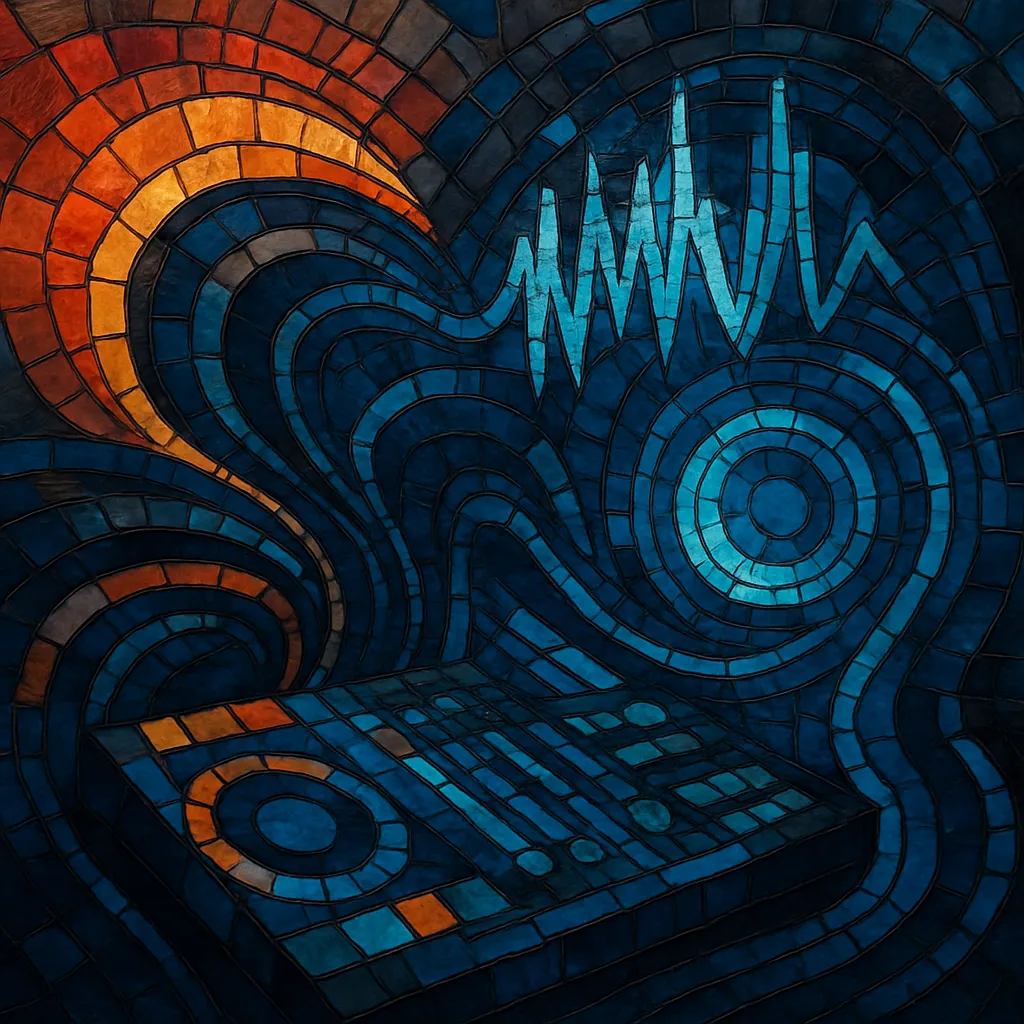
Melodic dubstep is a song-oriented, emotionally expressive branch of dubstep that blends the genre’s half-time drums and sound-design-heavy drops with lush chord progressions, cinematic atmospheres, and vocal-led songwriting.
It typically sits around 140 BPM (often written and perceived in half-time), using supersaw stacks, plucky arps, and wide pads drawn from trance and progressive house, while retaining dubstep’s punchy kicks, snare-on-3 backbeat, and bass-focused drops.
Compared to aggressive brostep, melodic dubstep prioritizes memorable toplines, warm harmonies, and dramatic builds that culminate in cathartic yet tasteful drops. It often features lyrical themes of longing, hope, and resilience, making it common in vocal collaborations and festival-ready singalongs.
Melodic dubstep emerged in the early 2010s as producers steeped in UK-originated dubstep began fusing its half-time rhythm and bassweight with the euphoric harmony and sound palette of trance and progressive house. Early touchstones included emotive remixes and originals that put songcraft and melody first while preserving 140 BPM frameworks and impactful drops.
Artists like Seven Lions and Adventure Club helped codify the style with sweeping supersaws, cinematic builds, and vocal-forward arrangements. Labels and platforms such as OWSLA and especially Monstercat became important early hubs, releasing tracks that balanced festival energy with introspective songwriting. Producers including Au5, MitiS, and Trivecta expanded the harmonic language (extended chords, modal mixture) and refined sound-design techniques, giving the genre a recognizable identity distinct from brostep’s harsher edge.
As EDM festival culture grew, melodic dubstep’s singalong choruses and cathartic drops found a wide audience. Illenium, Dabin, Said The Sky, and collaborators popularized highly emotive, vocal-led tracks that translated well to large stages while maintaining studio polish. Seeking Blue, Ophelia Records (founded by Seven Lions), and curation channels like Proximity helped the sound permeate playlists and live sets alike.
In the 2020s, the scene broadened under the catch-all term "melodic bass," encompassing melodic dubstep alongside adjacent forms (future bass-inflected drops, midtempo crossovers). The style’s emphasis on harmony and song structure influenced newer substyles like colour bass, where chord-rich, resonant bass design takes center stage, and continued shaping vocal-centric festival music.
Monstercat, Ophelia Records, Seeking Blue, and Lowly/Proximity content streams helped sustain a global audience. Melodic dubstep’s legacy is its proof that heavy bass music can be unabashedly song-driven and emotionally direct, preserving dubstep’s rhythmic DNA while foregrounding melody and harmony.

